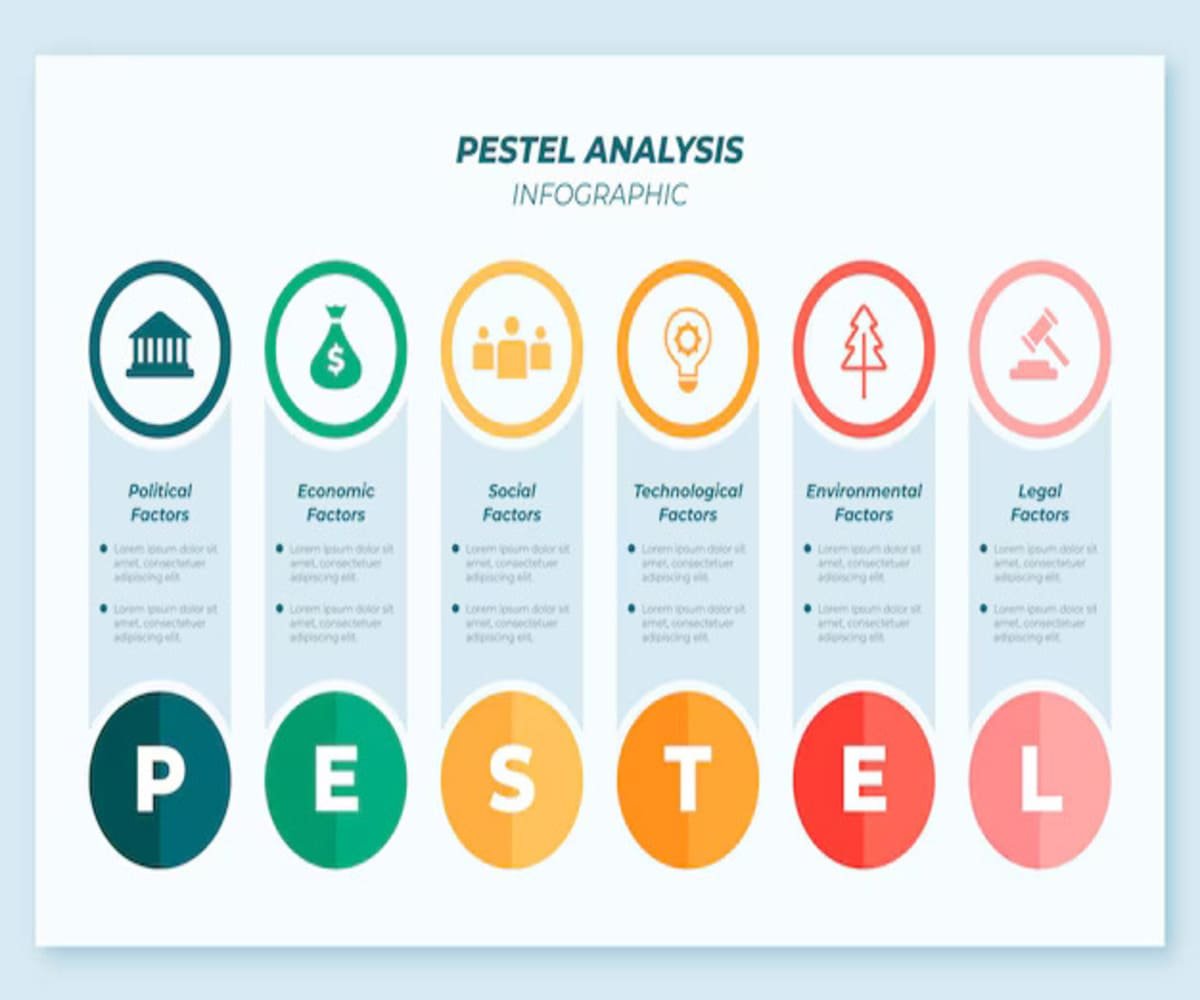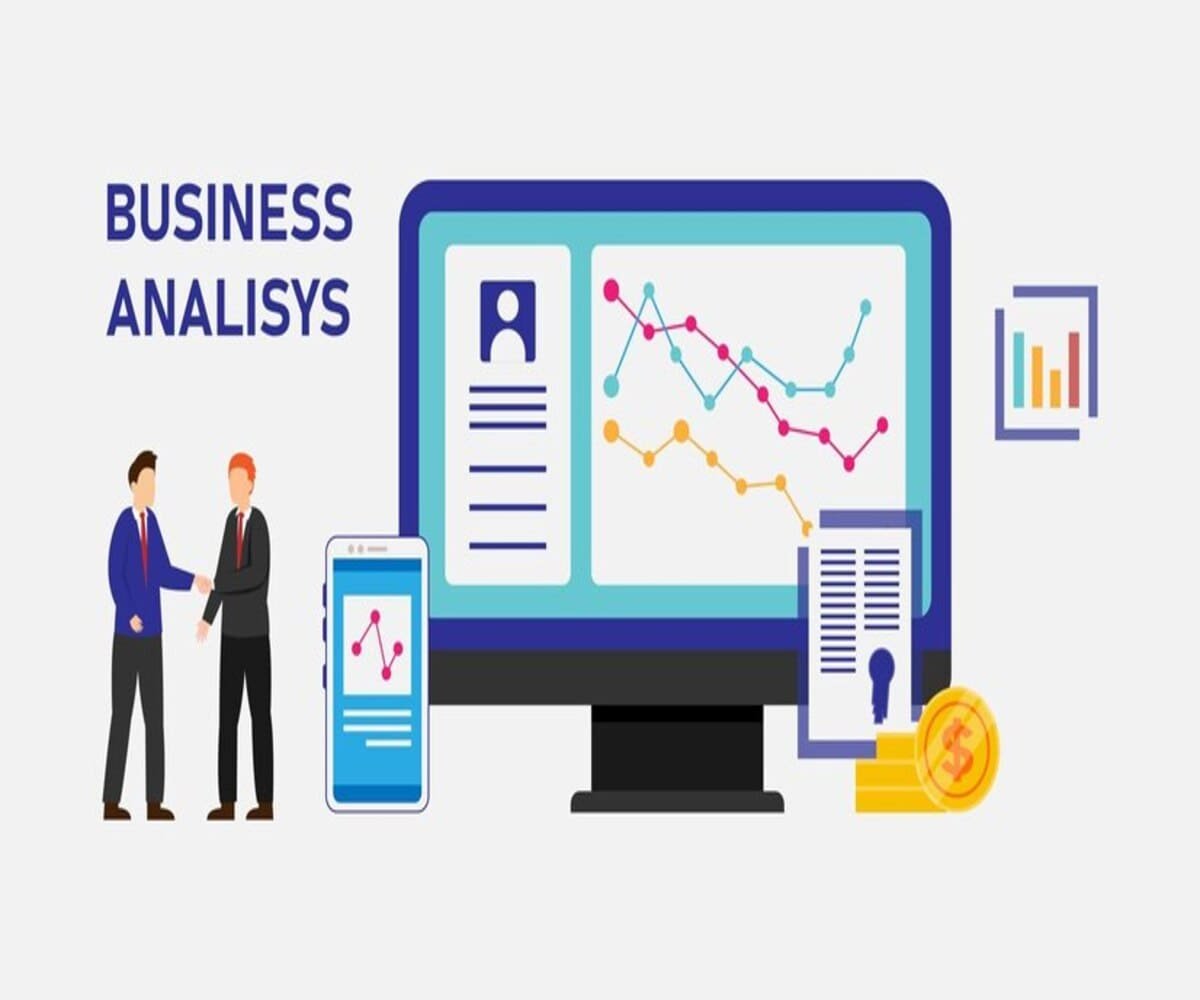Introduction to the RAPID Decision Model
In today’s fast-paced business environment, making quick and effective decisions is crucial for organizational success. The RAPID Decision Model, developed by Bain & Company, provides a structured framework for clarifying roles in decision-making processes. It helps organizations avoid confusion, improve accountability, and ensure that critical decisions are made efficiently.
What is the RAPID Decision Model?
The RAPID framework is an acronym that assigns key responsibilities to individuals in a decision-making process:
- R – Recommend
- A – Agree
- P – Perform
- I – Input
- D – Decide
Each role ensures that decisions are made in a clear and accountable manner, reducing delays and conflicts.
Key Roles in the RAPID Model
1. Recommend (R)
- The person or team responsible for proposing a course of action.
- Conducts research, analyzes data, and prepares recommendations.
- Typically, subject matter experts or business analysts.
2. Agree (A)
- Individuals or groups who must agree before a decision is finalized.
- Often includes key stakeholders or senior leadership.
- Their approval is essential to move forward with implementation.
3. Perform (P)
- The individuals or teams responsible for executing the decision.
- Ensures that the decision is implemented effectively and efficiently.
- Includes project managers, operational teams, or frontline employees.
4. Input (I)
- Provides relevant information, data, and insights before a decision is made.
- May include subject matter experts, legal teams, or market analysts.
- Their role is advisory, helping to inform the decision-making process.
5. Decide (D)
- The final decision-maker, typically a senior executive or leadership team.
- Holds ultimate accountability for the decision.
- Ensures alignment with organizational goals and strategies.
Benefits of Using the RAPID Decision Model
- Clear Role Definition: Ensures accountability by assigning specific roles.
- Faster Decision-Making: Reduces bottlenecks and confusion in the process.
- Improved Collaboration: Encourages cross-functional teamwork and stakeholder involvement.
- Minimized Risk: Ensures that decisions are well-informed and based on expert input.
- Better Execution: Aligns decision-making with implementation, ensuring follow-through.
Applications of the RAPID Model
1. Corporate Strategy and Governance
- Helps executive teams make strategic business decisions.
- Ensures board members and stakeholders have a clear role in governance.
2. Project Management
- Defines roles in approving and executing projects.
- Ensures smooth collaboration between departments.
3. Operational Efficiency
- Streamlines internal processes by clarifying decision-making responsibilities.
- Reduces unnecessary delays caused by unclear accountability.
4. Product Development
- Aligns teams involved in product innovation and launch decisions.
- Ensures that market insights and technical expertise guide decision-making.
Example of the RAPID Decision Model in Action
Case Study: Implementing a New IT System
A company needs to implement a new enterprise resource planning (ERP) system. The RAPID framework is used as follows:
- R (Recommend): The IT director recommends a new ERP system after extensive research.
- A (Agree): The CFO and COO agree on budget and resource allocation.
- P (Perform): The IT team and operational staff implement the system.
- I (Input): The finance team and department heads provide insights on system requirements.
- D (Decide): The CEO makes the final decision to proceed with the implementation.
Limitations of the RAPID Model
- Requires Organizational Buy-In: All team members must understand and accept their roles.
- Potential for Resistance: Employees may resist changes in decision-making authority.
- Complex Decision Processes: May not be suitable for extremely urgent or highly dynamic situations.
Conclusion
The RAPID Decision Model is a powerful tool for improving decision-making clarity and accountability in organizations. By defining key roles, it ensures that decisions are made efficiently and executed effectively. Whether used in strategic planning, operations, or project management, the RAPID framework helps businesses streamline processes and drive better outcomes.










